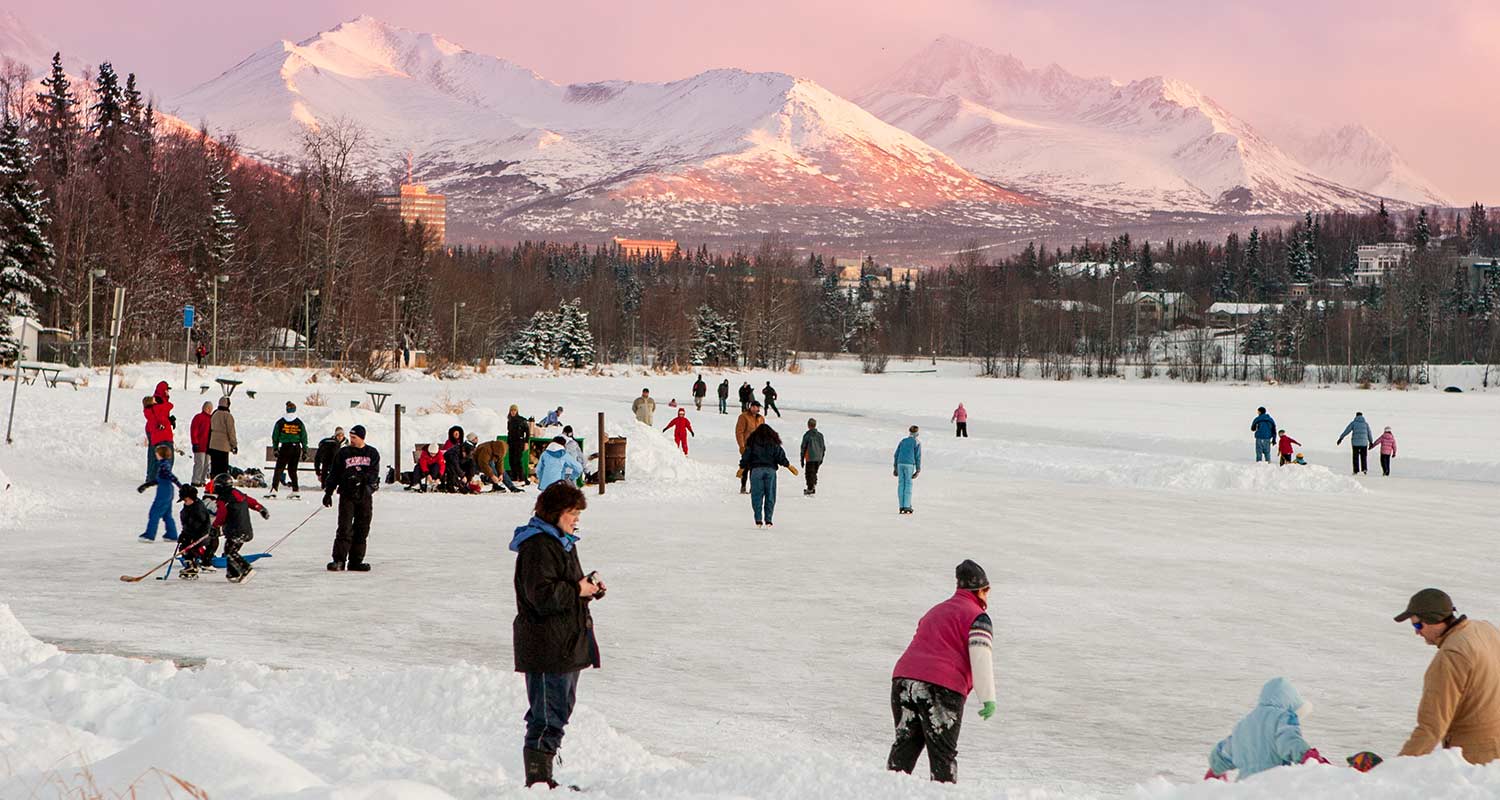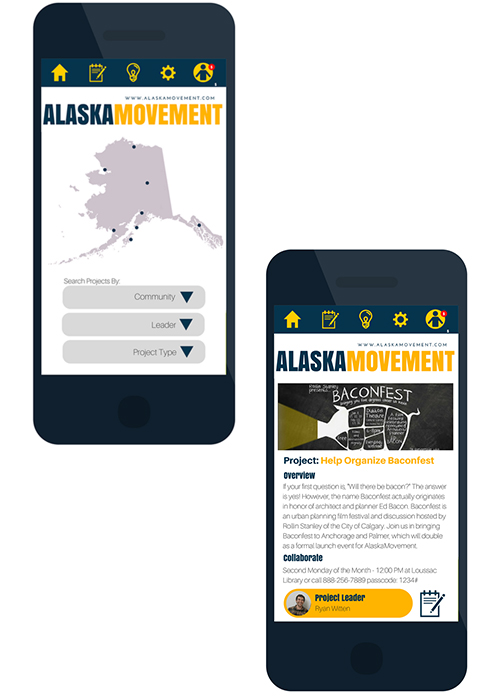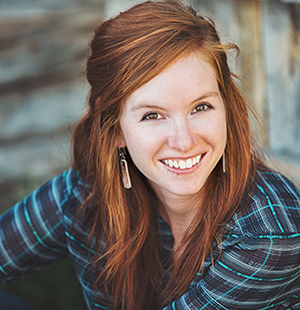
Photo by RDTviews © 2018
Making Community Engagement Quick, Creative, and Collaborative
By Meredith Noble
“What do you do?”
It’s the most common question asked when meeting someone new. If you’re like most people, you will answer with your job title. But is that who you are, you job title? Worse yet, what if your job is less than fulfilling?
If you’re nodding in agreement, you’re among the 85% worldwide who feel disengaged at work.1 So what’s the answer… quit your job and follow your dreams?
Not necessarily. The nexus between our professional skills and personal interests is where we are best suited to make a difference and find purpose. No matter whom you ask, everyone can think of something they’d like to improve in their community. Bicyclists and pedestrians want to feel safer. Businesses want vibrant commercial districts. Residents want attainable housing and locally sourced food. And everyone wants a creative, resilient workforce. These are all anchors of vibrant communities.
While we can all agree such community development work is important, it can quickly feel like a cumbersome process with long to-do lists and endless follow-up. Our hypothesis is that more people would engage in projects to support vibrant community development if it were easier and more fun.
To test this theory, a cohort of Alaskans have launched an initiative called AlaskaMovement. The initiative seeks to provide a more efficient way for the public to participate in community development endeavors.
The motivation for this initiative is not sheer altruism. It’s rooted in understanding that the average person looking to contribute to a community project has limited time and energy for a cumbersome process. AlaskaMovement streamlines this process in an accessible application.
Through word of mouth and the sharing of blog posts, the initiative has grown to include people from Haines to Anchorage to Kotzebue. As I build the application using the “lean start up” process, this group will provide feedback and test product development through a rapid iteration process. The goal of rigorously vetting and reiterating the application is to make sure we are building something useful, user-friendly, and affordable.
In the beginning of 2018, the first viable product to test will be a web landing page that allows people to search for projects of interest by location, leader, or project type. Once the right project is identified, people can review the team’s progress, look for ways to contribute, and get involved.
For those who would like to propose their own idea, it will be simple to post a new project and discover if others want to help. Our intent is to demonstrate that anyone can be a leader – whether you’re using the application as a tenured resident of Alaska or as a seasonal employee wanting to be engaged while briefly living here.
After joining a project, activities can be split into more micro-tasks, empowering previously disconnected individuals to engage on their terms at their leisure. Push notifications will serve as gentle reminders to complete follow up tasks.

We live in an increasingly networked and connected world – through social media, cloud storage, texting, email, file sharing, and more – yet, collaboration can still be difficult to sustain. To cross into the final frontier of effortless collaboration, it must more rewarding to give up precious time for community betterment.
The AlaskaMovement app will make it easier to compose and dismantle diverse teams quickly and capture the energy of excited, creative individuals outside the non-profit volunteering circuit. For the first time, community projects will be able to enlist participants and move ahead without relying on in-person meetings or emails to confirm every step.
The application’s prototype testers are of the go-getter variety already, but we’re pressing them to develop and deliver projects that are manageable for new participants to support. We’re also encouraging projects to deliver results cheaply, creatively, and collaboratively, and usually in less than a year.
For example, simple solutions like artwork-covered trash cans and utility boxes, painted alleys, functional and fun bike racks, pop-up events, and outside dining – even in winter cities – can have big impacts on downtown revitalization efforts. Residential areas can regain a sense of walkability and community with neighborhood gardens, inexpensive methods for slowing traffic, outside games to invite play, or working to daylight a creek and expand greenspace.
Creative short-term projects such as these convey something exciting is happening in a neighborhood or business district. A virtuous cycle begins as more attention is attracted to the area, and often following suit are the longer-term infrastructure improvements so often sought from the beginning.
Taking ownership in one’s community is the backbone of successful, vibrant communities. Courtesy of a little technology, we will be able to harness and focus the energy of more participants and accelerate completion of more projects than presently possible. We know that mobilizing teams for catalytic short-term projects in this way will be instrumental in reorienting our communities for the future.
Community building is an all-hands-on-deck exercise. It’s not only the right thing to do, it’s the fulfilling thing to do. While the AlaskaMovement app will be able to measure success by number of project participants or projects completed, the ultimate measure of accomplishment will be hearing someone describe what they do not only with their job title but with their latest community project.
1 State of the Global Workplace. Gallup, Inc. 2017.
